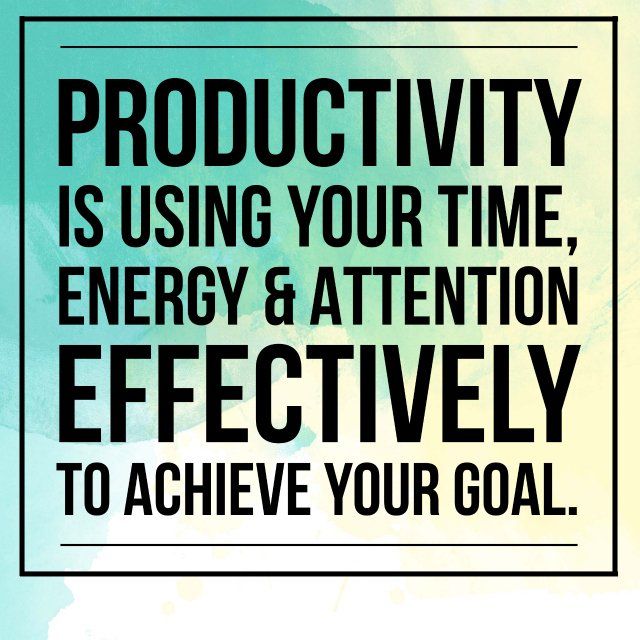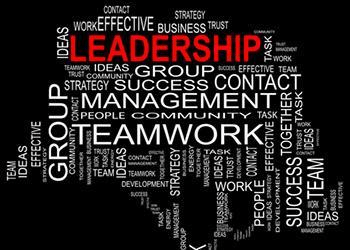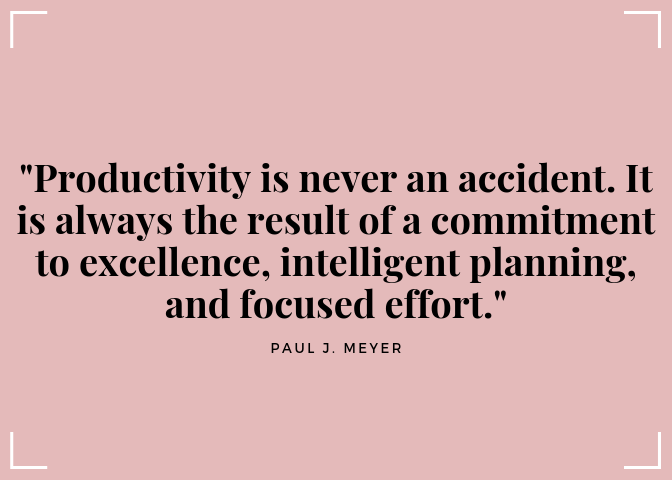Outcome Measures – Using Data to Tell Your Story

One of the most important questions for a nonprofit to be able to answer well is, “What is the impact of your organization?”
The question comes from donors, funders, and community partners. While stories about individual clients served may tug at the heartstrings, most organizations are finding that individual stories are no longer sufficient to generate dollars. The stories must be tied to a larger picture of impact through data that shows your nonprofit is actually achieving its mission.
But how do you gather the data that demonstrates your organization is having a meaningful impact in your community? These four questions will define commonly mixed-up terms in nonprofit data gathering and help you determine the best outcome measures to tell your organization’s story.
- Impact: What long-term measurable change are you trying to make in your community or in the demographic you serve?
The vision of Dream Builders Mission in the Sulfur Springs neighborhood of Tampa is to equip all members of their community living in poverty to attain self-dignity, self-reliance, self-sufficiency, and to transition back to mainstream society. The organization tracks statistics at a regional and neighborhood level related to homelessness, risk of homelessness, per capita income, car ownership, and people living in motels to determine their impact on the Sulfur Springs neighborhood.
- Outputs: How many units of service did your organization/program provide?
This is the number of houses built, students taught, clothes distributed, people fed, pounds of food distributed, people placed in employment, trauma victims counseled, mothers and babies sheltered, etc. This number tells the quantity of services provided, but it does not tell donors or funders anything about the quality of services.
- Outcomes: How did the service your organization/program provided impact your clients?
This is the quality measurement for your outputs. For example:
- Are the graduates of a child development center passing kindergarten readiness assessments? If a child was identified with a developmental delay, has the child made progress in catching up with his/her peers?
- What percentage of the participants in an employment program obtain employment? What percentage of those participants remain employed 6 months later?
Outcomes data should be measurable and observable. The best outcomes data includes tracking beyond the end of a client’s involvement with a nonprofit organization. This data comes from client surveys sent at designated intervals after completing/exiting the program or collaborating organization surveys conducted at regular intervals.
- Outcome and Output Targets: What are your goal numbers for the next year?
Now that you have defined the difference between units of service and impacts, set goals for both categories. If your organization’s fiscal year runs from January to December, this is the perfect time to set your goals for next fiscal year and make a plan to gather data throughout the year. Do you want to increase the number of people served in a program? Do you want to target people from a specific demographic that has been underserved by your organization? Is there an outcome you can improve with concerted effort across your organization? Make a plan now for how your organization will reach the target in 2019. Keep in mind, the best goals are SMART:
- Specific – clearly defined
- Measurable – easily recorded, scaled, and compared
- Attainable – both possible and reasonable
- Relevant – reflect your organization’s mission
- Time-bound – able to be achieved in the established timeframe
Examples of SMART organization goals for 2019 include:
- Increase the number of students from households with incomes below 200% of the U.S. poverty rate receiving scholarships for the 2019/2020 school year by 20%
- SMART because there is sufficient time to fundraise before the start of the school year and the amount needed is clearly defined
- 70% of clients will obtain employment sufficient to meet their income needs within 90 days of starting employment services
- SMART if the 2018 placement rate is at or above 66%
Nonprofit organizations need data about the quality of their programs to make their case to funders in grant applications and to donors on their website, and they need data to back up their stories about impact and statements of need. If you have questions about how to develop strong outcome measures for your organization, the Pathways to Growth team would love to help! Contact our office at info@pathwaystogrowth.us or call 813.453.4891 to schedule a free consultation.











